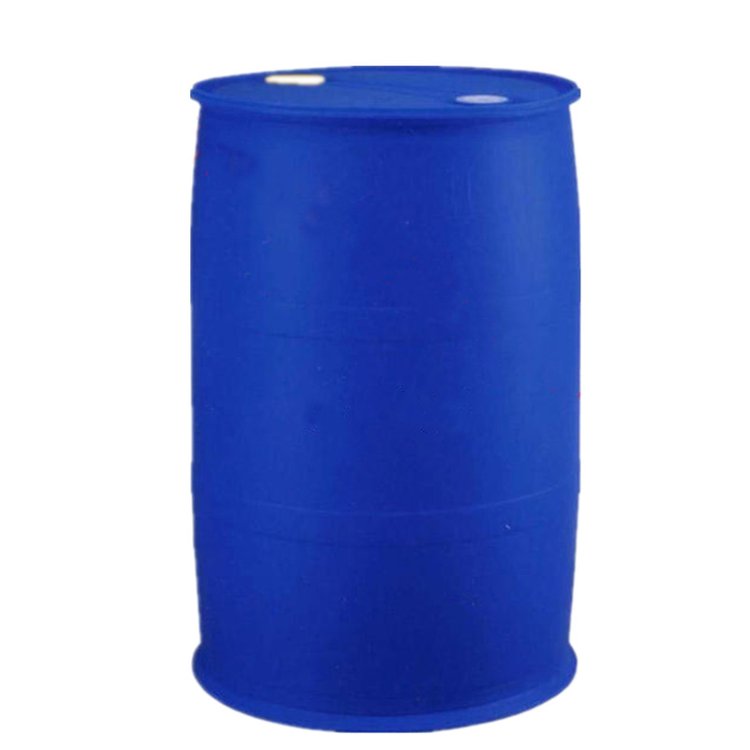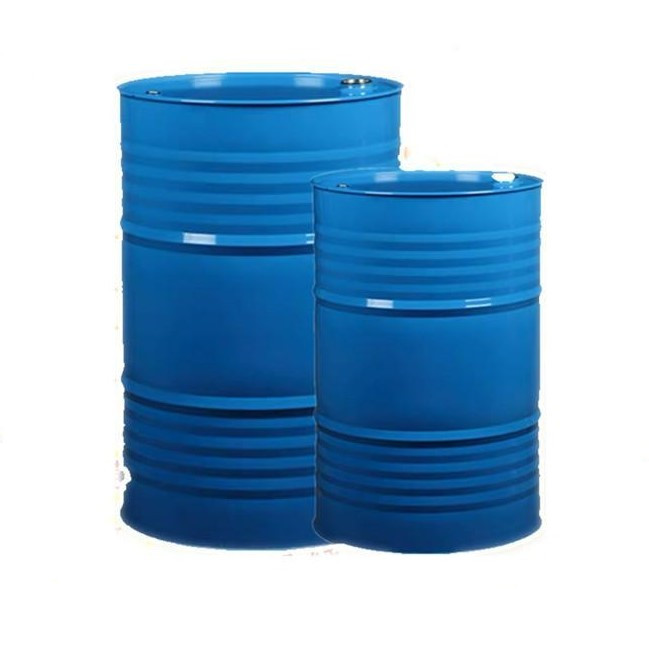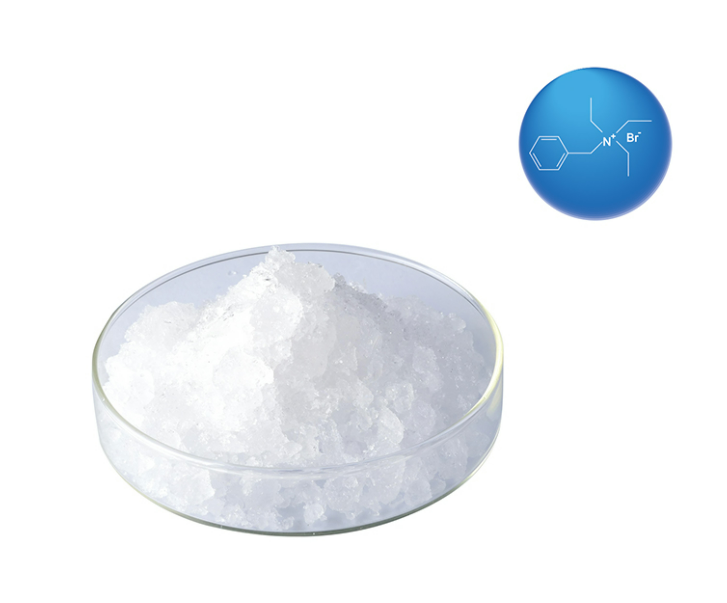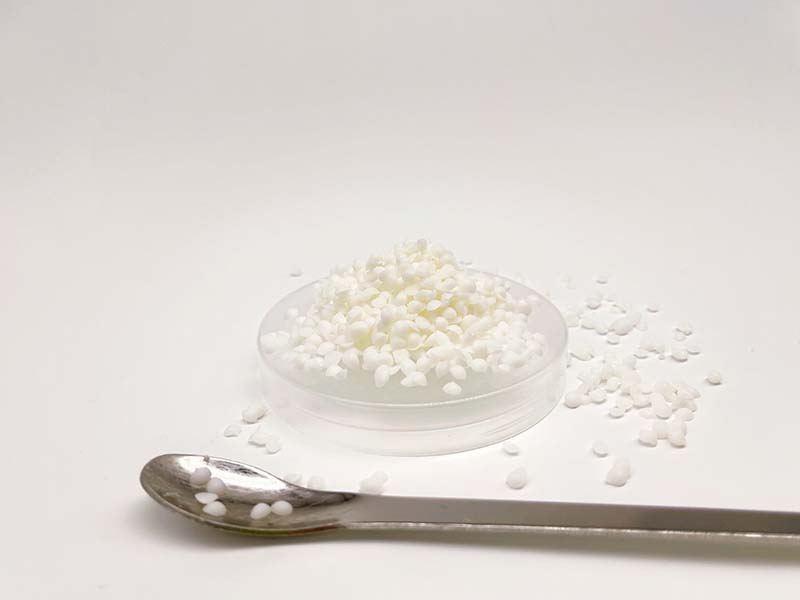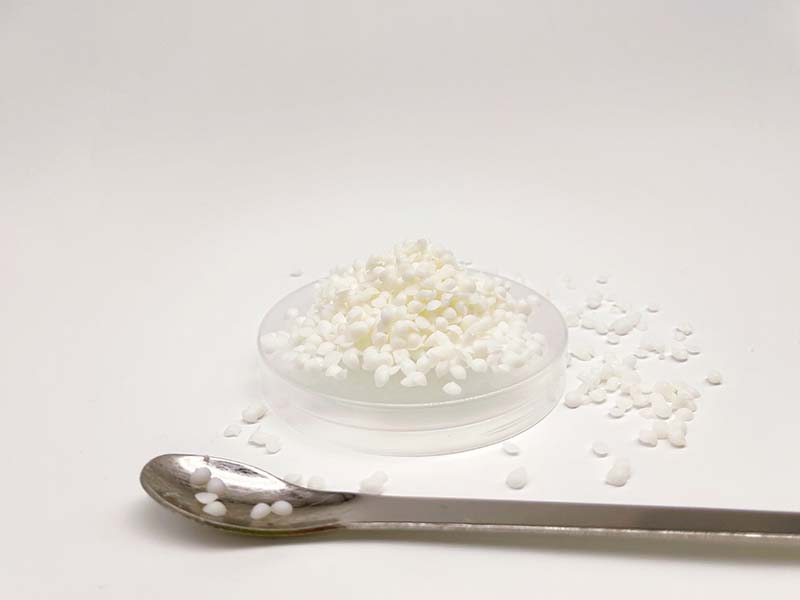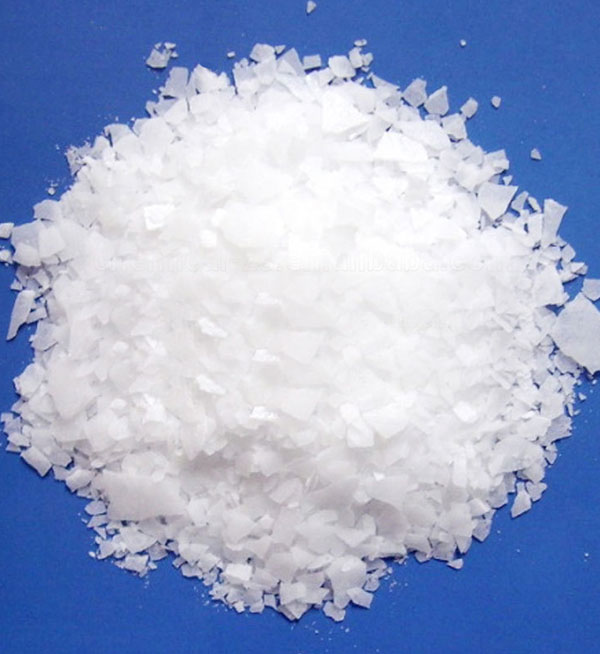CAS:61827-42-7
Molecular Formula:C12H26O2
Alias
More Information
2-[(8-Methylnonyl)Oxy]Ethanol
Suppliers
View More Vendors (2) >
CAS:63449-41-2
Molecular Formula:C22H40ClN
Alias
More Information
Benzyl-C8-18-Alkyldimethylammonium Chlorides; Benzyldimethyldecylammonium Chloride; Benzyldecyldimethylammonium Chloride; Benzenemethanaminium, N-Decyl-N,N-Dimethyl-, Chloride; BKC
Brief Introduction
It is an important cationic quaternary ammonium surfactant. It is widely used in personal care, shampoo, conditioner and other products. It has good antistatic, softness, anti-corrosion effect. It can also be used in sterilization, dyeing auxiliaries, fabric washing and other industries.
Suppliers
View More Vendors (2) >
CAS:64-20-0
Molecular Formula:C4H12BrN
Alias
More Information
Methanaminium, N,N,N-Trimethyl-, Bromide; Tetramethylazanium,Bromide; Methyl, (Dimethylamino)-, Methobromide; Tetramethylaminium·Bromide
Brief Introduction
Tetramethylammonium bromide is an organic compound that can be used as a polarographic reagent to identify alkali metals and alkaline earth metals.
Suppliers
View More Vendors (2) >
CAS:661-19-8
Molecular Formula:C22H46O
Alias
More Information
Ik2; Emery 3304; Tadenan; Jarcol 22; Docosan-1-Ol; Behenic Alcohol; N-Docosanol; Docosanol; Behenyl Alcohol; Alcohol C22; Docosanol (Abreua); Lidavol; Docosanyl Alcohol
Brief Introduction
Anti herpesvirus. It is widely used in personal care, washing and health care products.
Suppliers
View More Vendors (2) >
CAS:6683-19-8
Molecular Formula:C73H108O12
Alias
More Information
Pentaerythritol Tetrakis(3-(3,5-Di-Tert-Butyl-4-Hydroxyphenyl)Propionate); Tetrakis-[Methylene(3,5-Di-Tert.-Butyl-4-Hydroxy-Hydrocinnamate)]Methane; Pentaerythrityl Tetrakis-(3,5-Di-Tert-Butyl-4-Hydroxyphenyl)-Propionate; Pentaerythnityl Tetrakis [β- (3, 5-Di-Tert-Butyl-4-Hydroxyphenyl) Propionate]; Tetrakis[Methylene-β-(3,5-Di-Tert-Butyl-4-Hydroxyphenyl)-Propionate]Methane
Brief Introduction
This product is widely used in thermal processing of polypropylene, polyethylene, polyoxymethylene, ABS resin, etc. it can prolong the service life of plastic products. It is an excellent antioxidant of PP resin. It can also be used in high molecular materials such as PE, PS, ABS resin, polyurethane, PBT resin, PVC, polyester, polyoxymethylene, polyamide and various synthetic rubber, It is also an advanced antioxidant for various natural and synthetic oils.
Suppliers
View More Vendors (2) >
Inquiry (
10
/ 10
)
Clear All
Sign In
Error!

